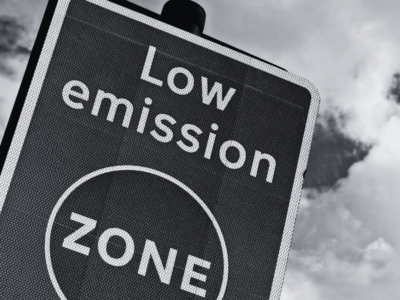Nationwide Building Society is increasing support for mortgage members improving the energy efficiency of their homes by reducing the interest rate on Green Additional Borrowing to zero per cent.
The new 0% Green Additional Borrowing products, which will be available from Thursday 1 June, will enable up to 5,000 households with a Nationwide mortgage1 to borrow £5,000-£15,000 up to a maximum of 90 per cent Loan-to-Value (LTV) across the two or five-year product term2.
With the UK’s 29 million homes producing some 16 per cent of the country’s emissions and a commitment to reach the net zero target by 2050, Nationwide’s approach aims to contribute towards that goal through retrofitting properties.
While Nationwide has limited ability to reduce emissions on the properties it lends on, it hopes that by removing interest on its Green Additional Borrowing products, it can effect positive change by incentivising members to make green home improvements.
For example, if a member borrowed the maximum £15,000 over a five-year term, the monthly payment on the existing Green Additional Borrowing product at a rate of 3.89% would be £275.50.
For those taking out the new version, the payment would reduce by £25.50 per month to £250, meaning the member would save £1,530 over the full term of the deal.
The new Green Additional Borrowing home loan3 is available via Nationwide’s mortgage advisers as well as brokers.
All of the loan must be used to fund non-structural, energy-efficient home improvements4, such as solar panels, air source heat pump, window upgrades, boiler upgrades, cavity wall insulation, loft insulation or an electric car charging point.
Members can use any local or national contractor or supplier for the work.
The previous version of the Society’s Green Additional Borrowing product will be withdrawn from sale at 23:59 on 31 May 2023.
Henry Jordan, Director of Home at Nationwide Building Society, said:
“Residential properties are one of the biggest causes of emissions and there is a need for more to be done by government and business to encourage households to act.
A key barrier to making homes more energy efficient is not only the upfront costs associated with retrofitting, but also the payback period of making such changes.
It’s clear to us that only meaningful incentives will help shift behaviour.
So, by launching this latest product for up to 5,000 of the Society’s mortgage holders, we can test and understand whether offering zero per cent interest will encourage members to make the necessary green home improvements, where the costs of finance may have, until now, discouraged them.
As a mutual, we’re committed to returning value back to our members, which is demonstrated by this being the first time we’ve taken this approach.
Creating a greener society is a shared goal and we need to make it as easy as possible for households to play their part.”
Mortgage Technical Manager, Nicholas Mendes, from leading UK mortgage broker, John Charcol, comments:
“While there are other lenders that offer similar schemes, such as Skipton Building Society and Saffron Building Society, none of these are currently at 0%.
Sustainable lending is a hot topic at the moment, with consumers taking a vested interest in how they manage their money – but also the credentials of financial institutions they choose to engage with.
With the government’s net zero pledge, and greater focus on a lenders’ role in educating, promoting and helping customers invest in their homes to become more sustainable, this is a fantastic move by Nationwide.
Affordability will always remain a barrier for many households when it comes to retrofitting a home, especially when we consider it takes years for the investment to repay itself.”
- 1 – Subject to eligibility and affordability checks. Only one 0% loan available per household.
- 2 – The 0% rate is available for the initial deal period only (two or five-years), after which the product will revert to Society’s Standard Mortgage Rate.
- 3 – Product may be withdrawn at any time.
4 – Example improvements
- Solar panels; Cavity wall insulation; Pipe and boiler insulation; Window upgrade/replacement; Air source heat pumps; Ground source heat pumps; Investment in rainwater ‘harvestation’; Upgrading of existing utilities (e.g. lighting); Small scale wind turbines; Electric car charging stations
























Comments